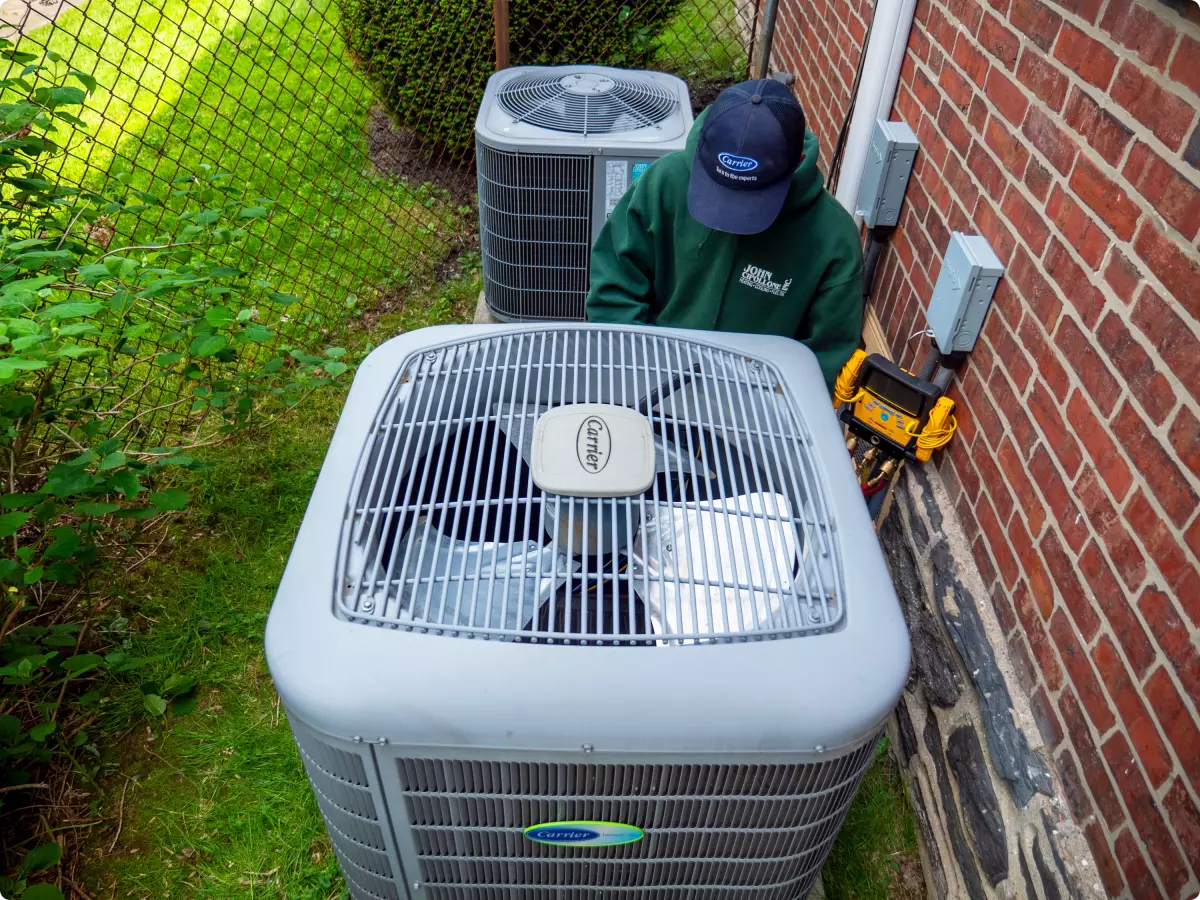Are you considering replacing your central air conditioner? Before making a decision, it's essential to understand the factors that determine the cost of a new system. In this article, we'll delve into the size of the air conditioning system, the efficiency of the system, and the brand of the system.
The Size Of The Air Conditioning System
When we talk about the size of an air conditioning unit, we're not referring to its physical dimensions but rather its power or output. Choosing the correct system for your home depends on various factors that impact the size of the system. Older homes, for example, may require updates to accommodate more powerful systems. That's why it's crucial to have your home evaluated by a professional technician before making a major purchase.
Contrary to popular belief, bigger isn't always better when it comes to AC units. Central AC units measure their output in British thermal units (BTUs) and are available in 1.5- to 5-ton capacities. To determine the appropriate AC unit size, you can multiply the square footage of your home by 18 (as it takes approximately 18 BTUs to cool 1 square foot). If you have high ceilings, multiply the number by 1.25. Then, divide that number by 12,000 to calculate the required tonnage.
For instance, a 2,000-square-foot home would require 34,000 BTUs to cool it. Dividing 34,000 by 12,000 equals 2.83, so this home would require a 3-ton AC unit. The most common sizes are 3- and 4-ton AC units. Remember, having a unit that is either too large or too small will fail to cool your house correctly, so it's best to have a technician evaluate your home.
 The size of your air conditioning unit plays a significant role in the cost.
The size of your air conditioning unit plays a significant role in the cost.
Efficiency Of The System
Considering the lifespan of your system and how it impacts your energy bills, the efficiency of your new system becomes even more important. When contemplating an AC replacement for improved comfort, take into account the energy consumption of the new system.
The efficiency of your system is influenced by various factors, and size is just one of them. Another critical factor is the energy efficiency of the system itself. In 2023, the Department of Energy established new energy efficiency standards called SEER2 (Seasonal Energy Efficiency Ratio 2), which set a minimum efficiency requirement for heating and cooling equipment. Every system available for purchase in 2023 must have a minimum energy efficiency requirement of 14 SEER for residential systems. The higher the SEER number, the more efficient the system.
However, it's important to note that greater efficiency often comes with a higher upfront cost. The upside is that efficient systems have lower operating costs, ultimately saving you money in the long run. Additionally, there are attractive federal tax incentives available for purchasing more efficient systems.
Brand Of Your New System
Choosing the right brand for your new system is crucial when assessing the cost. Not all systems or service providers are created equal. It's vital to do your homework and select a provider with a reputation for honest, professional service. They will recommend the right system for your specific needs.
 Choosing the right brand for your new system is essential.
Choosing the right brand for your new system is essential.
By considering the size of the air conditioning system, the efficiency of the system, and the brand of the system, you can make an informed decision about the cost of a new central air conditioner. Remember to consult with professionals to ensure you select the best system for your home. Stay cool and comfortable!

















